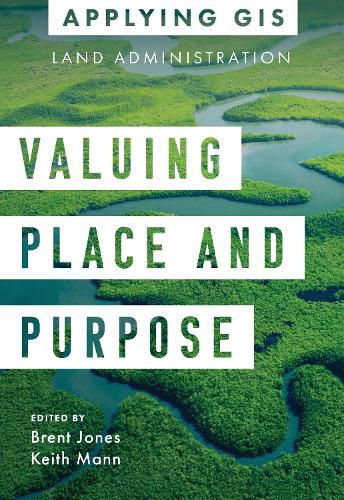Readings Newsletter
Become a Readings Member to make your shopping experience even easier.
Sign in or sign up for free!
You’re not far away from qualifying for FREE standard shipping within Australia
You’ve qualified for FREE standard shipping within Australia
The cart is loading…






*
Part of the Applying GIS series
*
Introduces readers to land administration practices
*
How land managers, property assessors, national, state and local government agencies, and nonprofits use GIS technology to visualize, analyze, and administer land and property information, define and regulate acceptable use, assess property values, assign special status to places for conservation and protection, and provide disadvantaged communities and indigenous people with equitable land and property rights.
*
U.S. and international examples
*
This book is divided into 5 parts:
*
Case studies describing how communities, government agencies, nonprofits, and other organizations around the world have implemented GIS technology ) to define and visualize parcels and property, manage land use, strengthen conservations efforts, and address land rights, equity, and social justice.
*
Parcels and property
*
Land management
*
Ecology and conservation
*
Equity and social justice
*
Next steps, providing guidance for integrating mapping and spatial analysis and sharing data for better decision-making.
$9.00 standard shipping within Australia
FREE standard shipping within Australia for orders over $100.00
Express & International shipping calculated at checkout
*
Part of the Applying GIS series
*
Introduces readers to land administration practices
*
How land managers, property assessors, national, state and local government agencies, and nonprofits use GIS technology to visualize, analyze, and administer land and property information, define and regulate acceptable use, assess property values, assign special status to places for conservation and protection, and provide disadvantaged communities and indigenous people with equitable land and property rights.
*
U.S. and international examples
*
This book is divided into 5 parts:
*
Case studies describing how communities, government agencies, nonprofits, and other organizations around the world have implemented GIS technology ) to define and visualize parcels and property, manage land use, strengthen conservations efforts, and address land rights, equity, and social justice.
*
Parcels and property
*
Land management
*
Ecology and conservation
*
Equity and social justice
*
Next steps, providing guidance for integrating mapping and spatial analysis and sharing data for better decision-making.